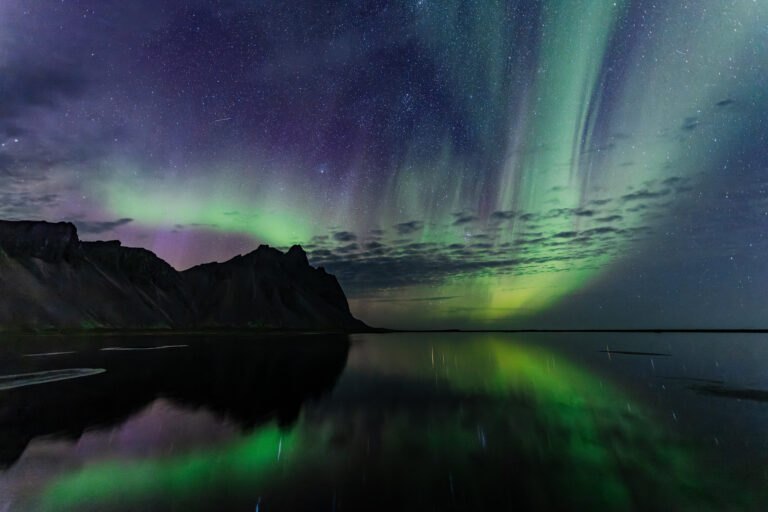TL:DR – The Northern Lights, Aurora Borealis and their antipodean equivalent, the Southern Lights, Aurora Australis, are a visible phenomenon seen in the polar skies as particles from the solar wind interact with particles in the earth’s upper atmosphere.
Lots of lucky locals, by which I mean people a bit further north in Norfolk saw the northern lights, the Aurora Borealis, in Norfolk and elsewhere. There is a slight possibility of seeing them in Cambridgeshire although finding somewhere with little light pollution around here is a tough call, but more to the point it’s been cloudy and wet when other places have had their lightshow these last couple of nights. In recent years they have been observed from Devon and Cornwall.

So, what are the northern lights?
The northern lights are a natural phenomenon generally occurring close to the poles, in the high or low latitude regions of the Arctic and Antarctic. The phenomenon is caused by the interaction between charged particles from the Sun and the Earth’s protective magnetic field.
The Sun constantly emits a stream of charged particles, called the solar wind, which travels through space and interacts with the Earth’s magnetic field. When these charged particles collide with the oxygen and nitrogen in the Earth’s atmosphere, they gain energy, they are excited, when the excitement passes, the particles release energy in the form of light. This produces the glowing, coloerful display that we see as the Northern Lights, or the Southern Lights, the Aurora Australis.
The colours of the Northern Lights depend on the type of gas particles that are colliding with the charged particles and the altitude at which the excitement occurs. Oxygen at higher altitude will glow red and at lower altitude will grown green. Nitrogen produces blue and purple hues.
Usually, seeing the Aurora Borealis involves heading to the colder regions Iceland, Norway, Sweden, Finland, or Canada during the winter months and hoping for a strong solar wind, caused by lots of activity on the surface of the sun. Occasionally, activity and conditions are just right for people to see them farther from the poles as has happened in recent days.
Aurora comes from the name of the Roman goddess of the dawn. It’s related to the name of the Indo-European goddess of the dawn and ultimately the root is from ancient Greek “to shine” with particular reference to the dawn sky.
Borealis comes from the Latin Boreas meaning the “north wind” and from the Greek Boreas, also the name of the god of the north wind.
Australis derives from the Latin word auster meaning “south wind” and hence relates to the southern part of the world.
I haven’t ever managed to see nor photograph the Northern nor the Southern Lights hence the allusion to the lyrics of a 1978 song by progressive rock band Renaissance. The singer with the band, Annie Haslam, was renowned for her operatic training and her five-octave vocal range. I recently updated an article you might like on how to sing.
The photo above was taken by Simaron at Vestrahorn, Southern Iceland in September 2022.